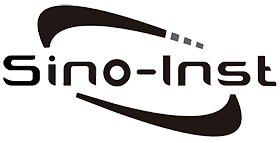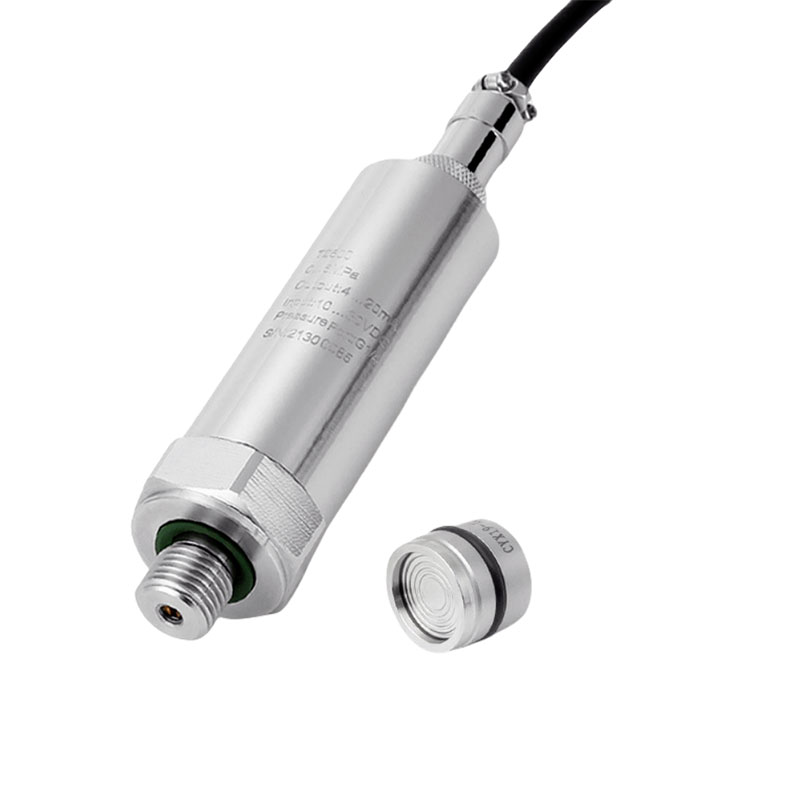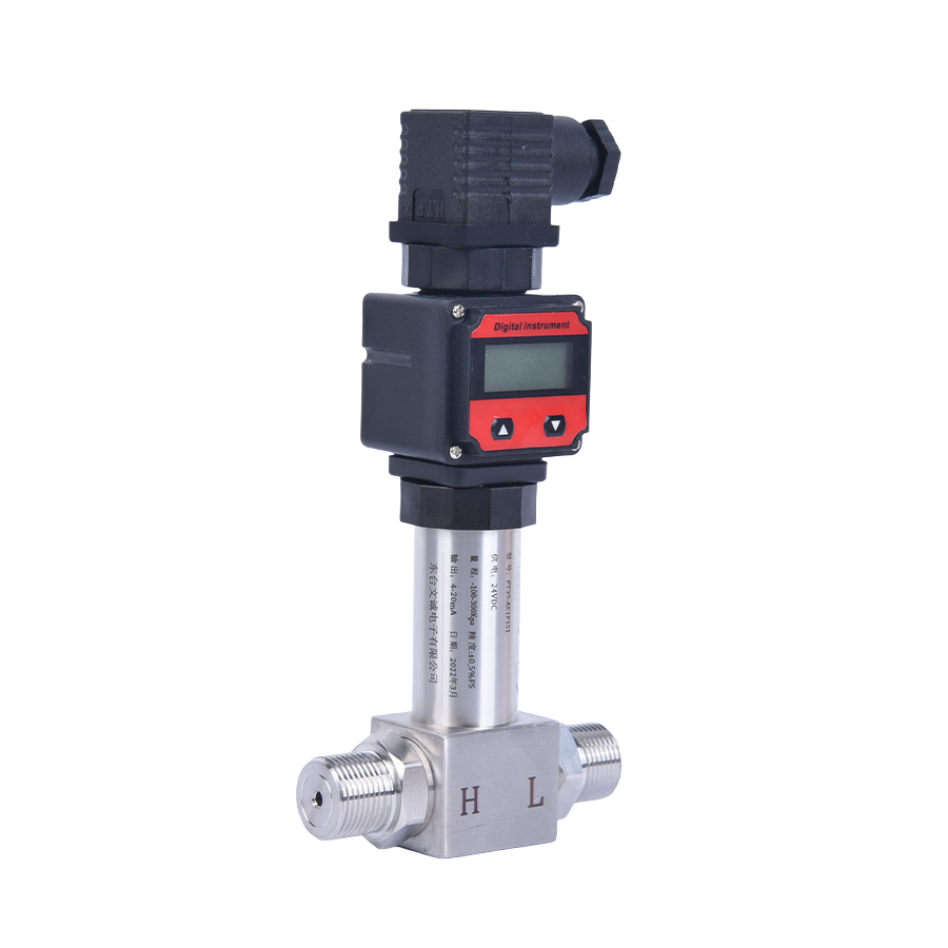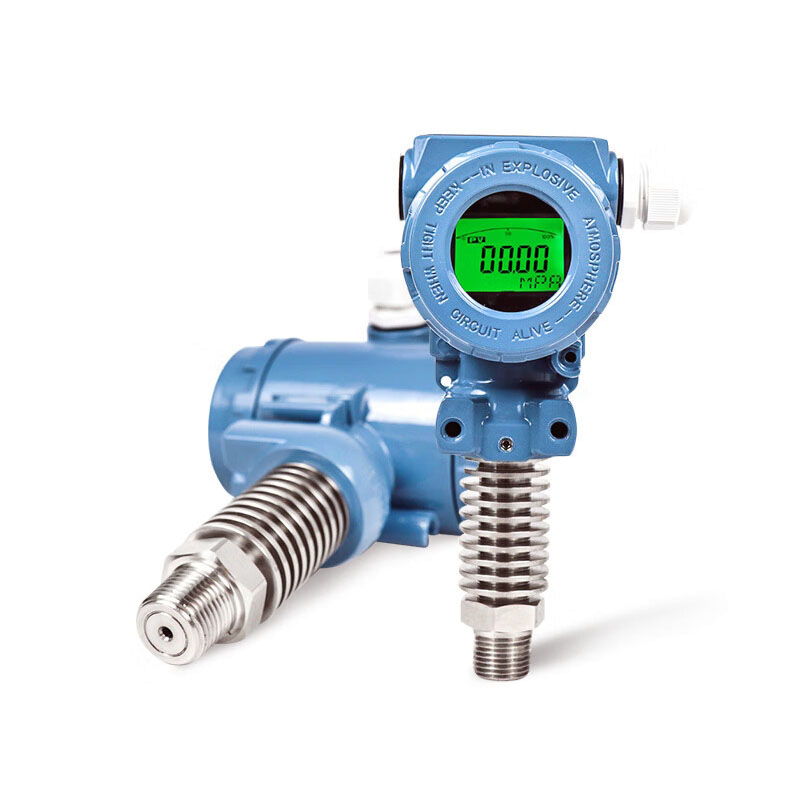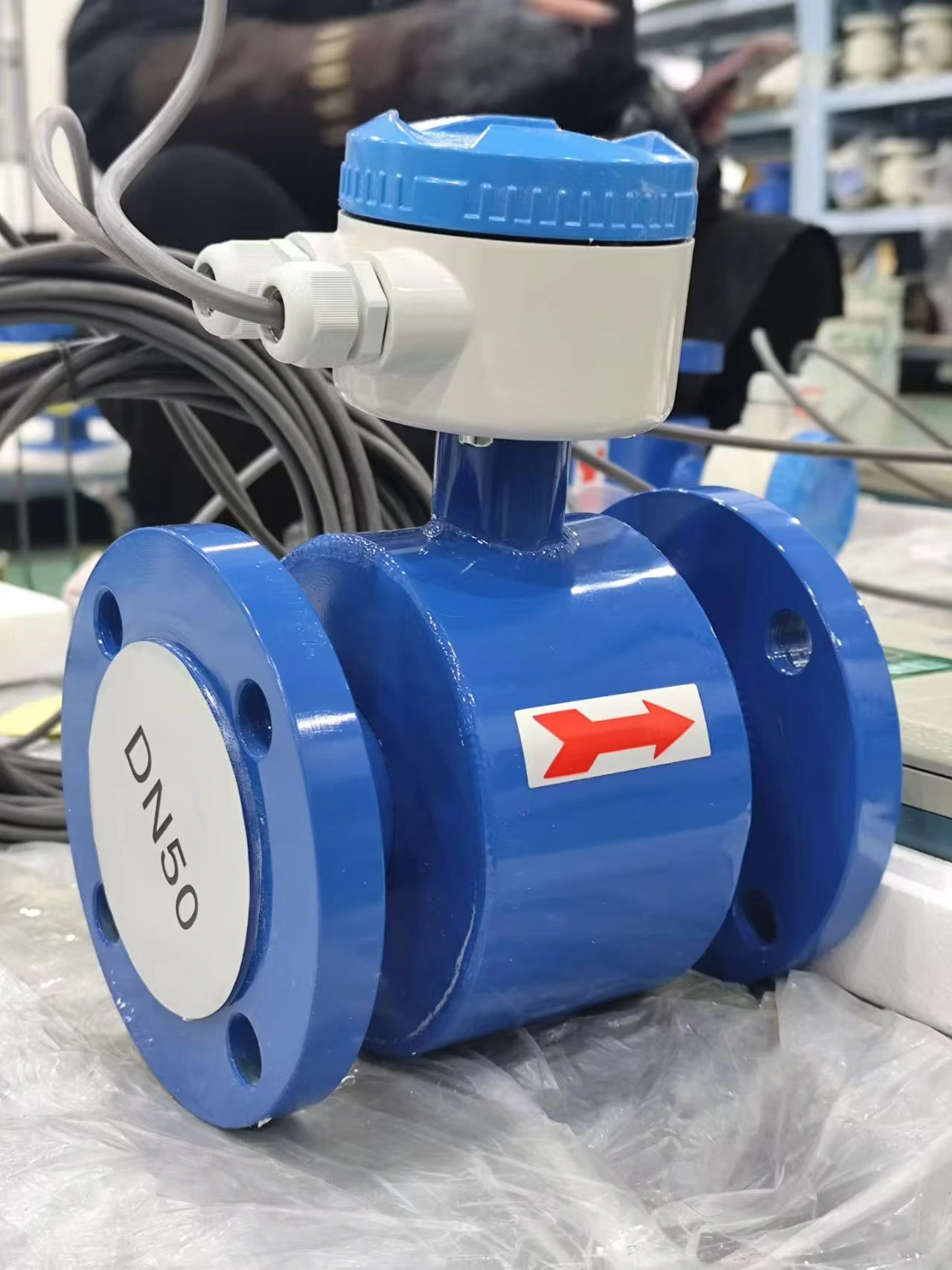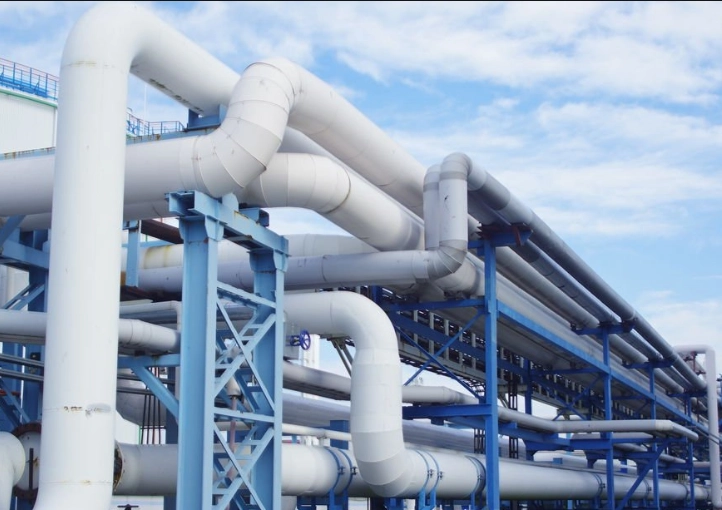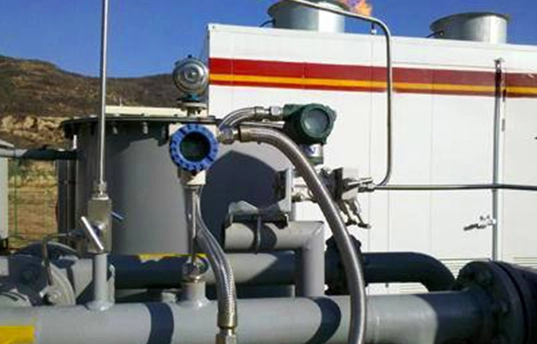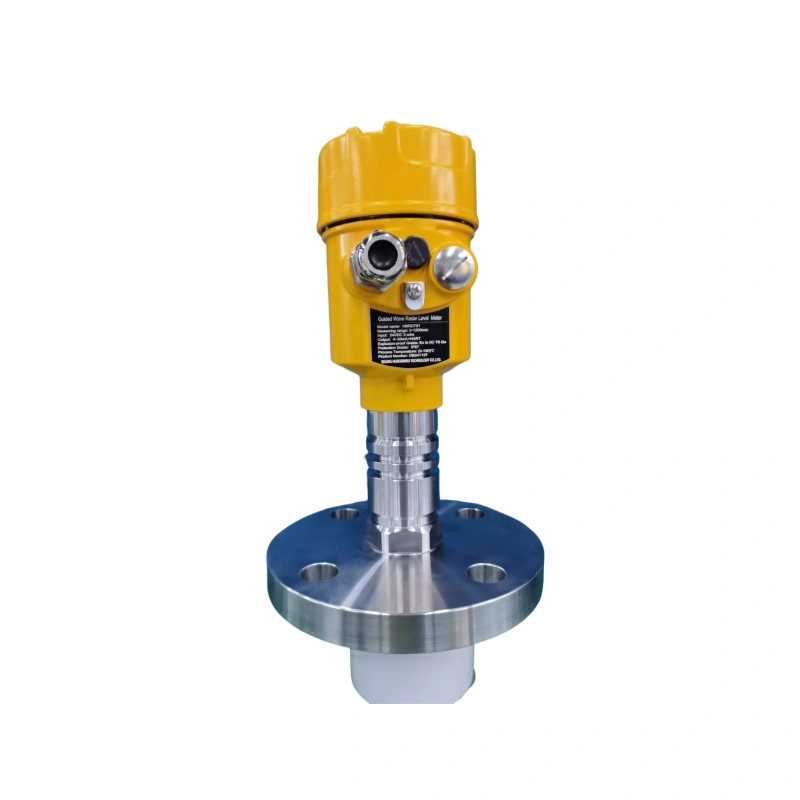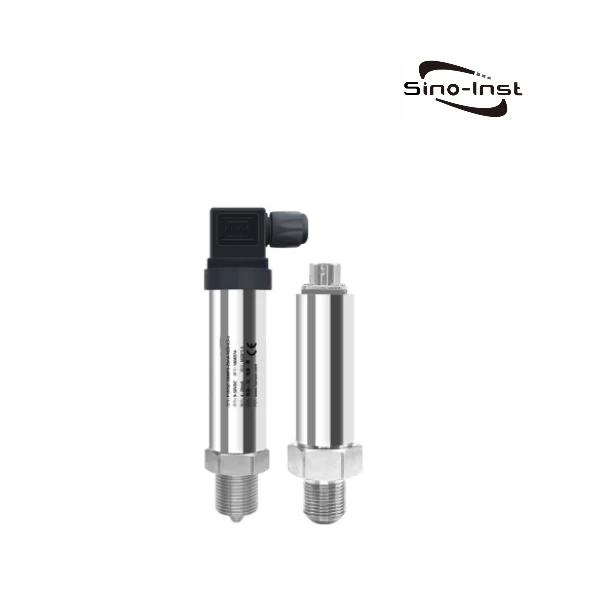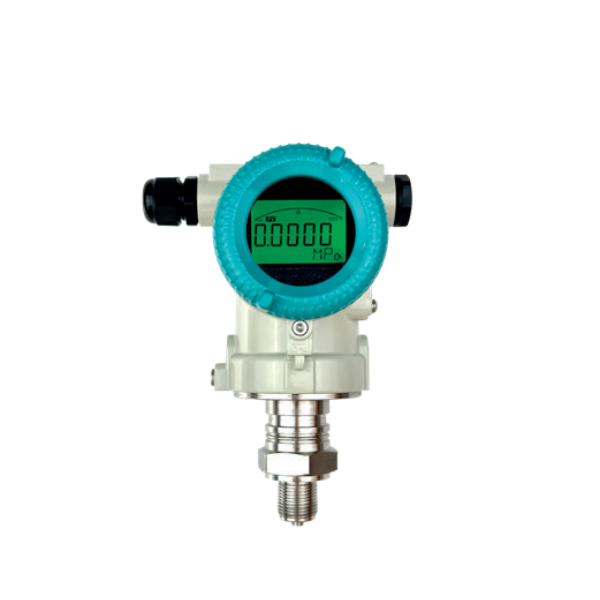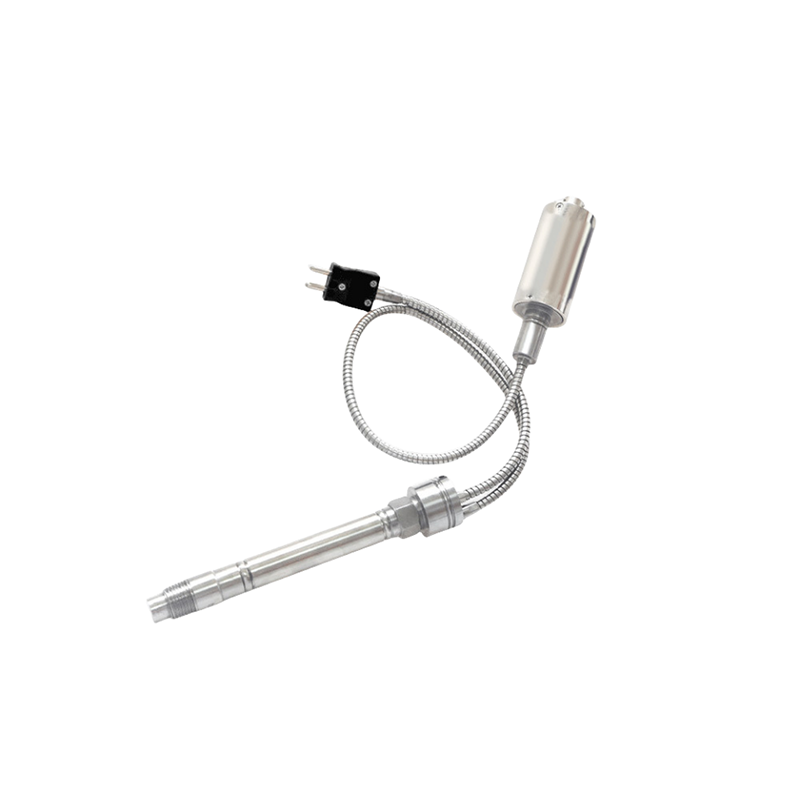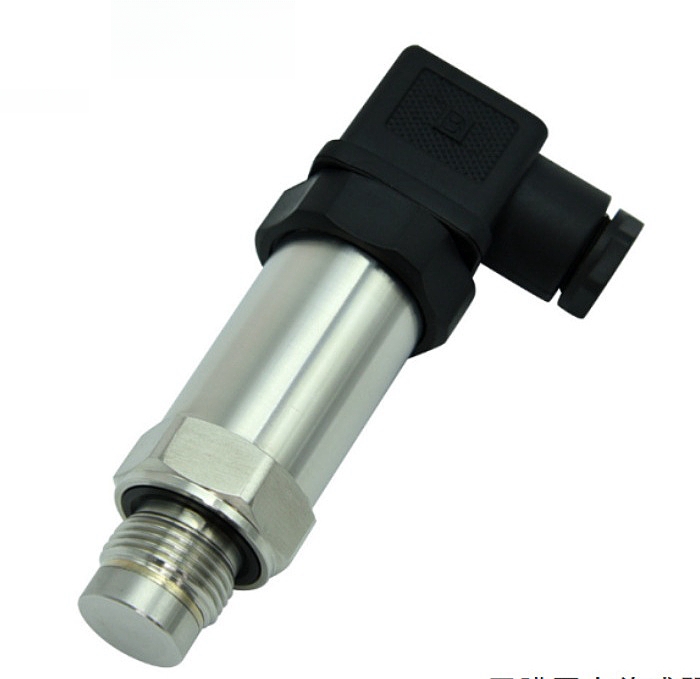In industrial automation, pressure transducers are commonly used devices in pressure control. They are primarily used to measure the pressure of solids, liquids, and gases. They can convert the pressure value into a standard electrical signal output. In practical applications, correctly selecting the signal output of the pressure transducer is crucial. It can directly impact the reliability and accuracy of the control system. Pressure transducers primarily output analog and digital signals. Digital signals are superior to analog signals in many aspects.
The blog will provide a detailed introduction to digital signal pressure transducers. The aim is to make your pressure management more intelligent and accurate.
What is a Digital Output Pressure Transducer?
A Digital Output Pressure Transducer refers to a pressure transducer that outputs a digital signal. RS-485 is a commonly used communication protocol for digital signal output. It offers advantages such as high transmission speed and high data reliability. Through the RS-485 protocol, multiple pressure transducers can be connected into a network. It can achieve multi-point data acquisition and centralized management.
HART is a digital communication protocol. It is used for communication between field intelligent instruments and control room equipment. HART communication devices offer communication with relatively low bandwidth and moderate response time. The HART protocol enables bidirectional communication between 4-20mA sensors and controllers equipped with bidirectional HART communication circuitry. Pressure sensors can send digital signals to the controller via the HART protocol. The controller can send commands to the sensor for parameter settings and adjustments.
The HART protocol allows the transmission of digital information over a 4-20mA transmission loop. It enables the coexistence of digital and analog signals without adding additional equipment. The HART protocol can simultaneously transmit analog and digital signals. HART communication utilizes digital signals superimposed on the analog signals of the pressure transducer to transmit other equipment information from the pressure transducer. The digital signals provide some information from the transducer. The information includes transducer status, diagnostics, additional measurements and calculated values, etc.
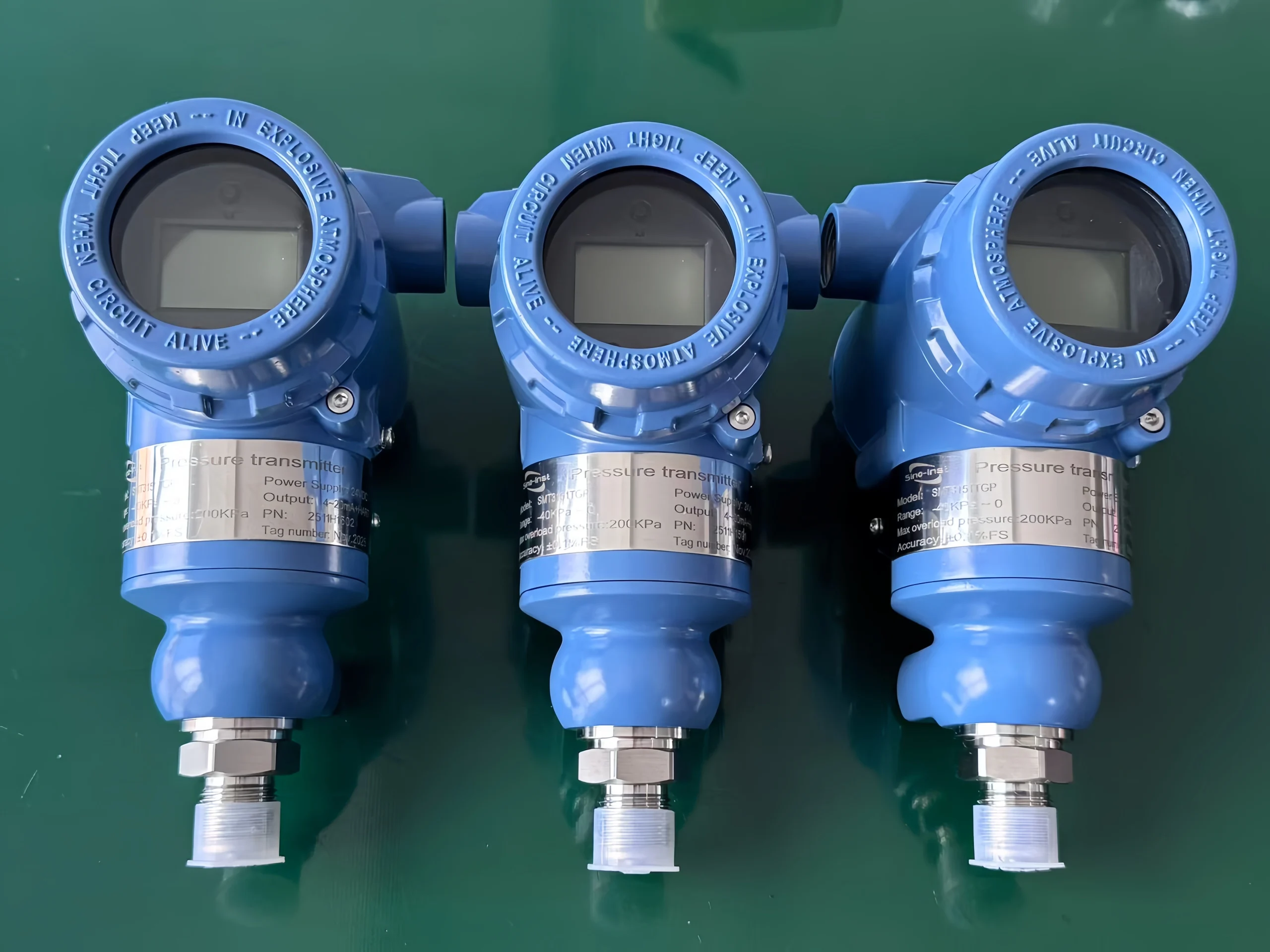
Advantages of Using Digital Pressure Transducers:
- Advanced digital signal processing technology, resulting in higher accuracy and resolution;
- A wider measurement range to meet the needs of various applications;
- Faster response speed through digital signal transmission, enabling rapid tracking of pressure changes;
- Digital communication interfaces for easy integration into control systems, facilitating remote transmission and control of multiple pressure data points;
- Long service life and stability, ensuring long-term measurement accuracy and reliability;
- Good repeatability of measurement results, providing consistent pressure data output;
- Resistance to electromagnetic interference and radio frequency interference, enabling stable operation in complex environments;
- Remote monitoring capabilities allow for remote monitoring and maintenance via the internet or wireless networks.
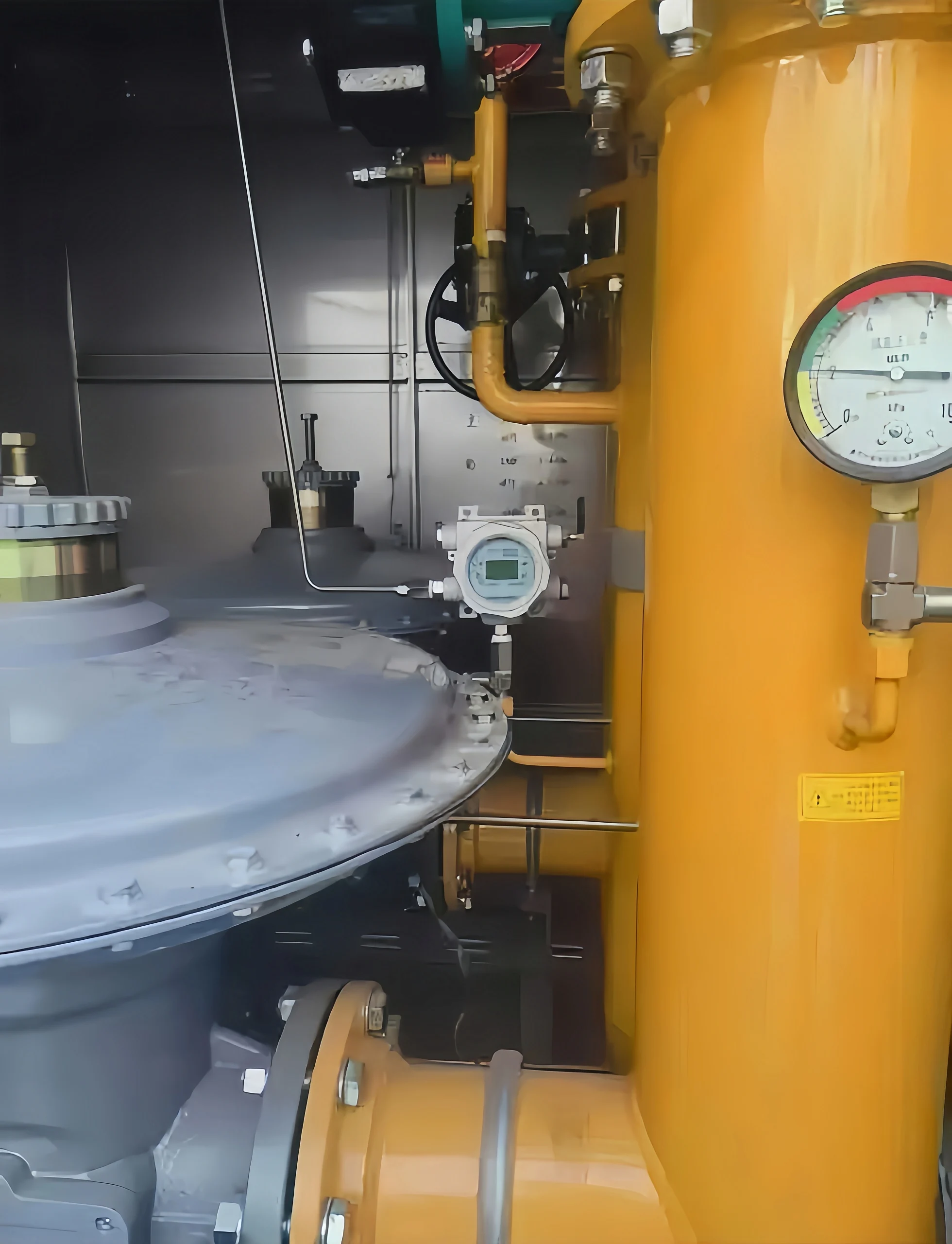
Sino-Inst Featured Digital Pressure Transducer
Pressure Transducer Digital Interface Type:
Commonly used interfaces include Serial interfaces (RS-232, RS-485), UART, IIC, SPI, CAN, LAN, and USB. Multiple digital interfaces make pressure management more convenient. But different interfaces have different functions. Therefore, you need to select the interface for your specific operations.
Read More about: Industrial Communication Protocols – Facilitating Data Management
Choosing the Right Digital Pressure Transducer:
When we measure the pressure, a digital pressure transducer is the core device for controlling pressure. We can choose a suitable pressure transmitter to keep the accuracy and stability of the pressure management system.
First, we should determine the measurement range of the pressure transducer. The transmitter’s measurement range should cover these pressure values. We also need to select the pressure transmitter based on measurement accuracy. Accuracy is a measure of the difference between the sensor output and the actual pressure value. Higher accuracy means more reliable measurement results.
We should first identify the pressure type of the operating condition. There are three pressure types, which are described below:
- Absolute pressure refers to the pressure measurement value relative to a complete vacuum.
- Gauge pressure refers to the pressure measurement value relative to atmospheric pressure.
- Differential pressure refers to the pressure difference between two pressure points.
Read More about:
TGP/TAP Gauge Pressure Transmitter-Absolute Pressure Transmitter
Pressure Transmitter vs. Differential Pressure Transmitter
Process Connections
- Threaded connections are the most common type of process connection. It is suitable for various standard interfaces.
- Flanged connections are suitable for high-pressure applications or applications requiring quick disassembly.
- For the food and pharmaceutical industries, hygienic connections ensure cleanliness and sterility.
Environmental Conditions
- Ensure the transducer can operate stably in the intended operating environment. It includes extreme temperatures.
- For high humidity or corrosive environments, select a transducer with an appropriate protection rating and materials.
- For environments with significant vibration or shock, select a transducer with vibration and shock resistance.
Signal Output
- Analog outputs, 4-20mA, 0-10V, etc., are suitable for traditional control systems.
- Digital outputs include HART, Profibus, and Modbus etc. These digital outputs are suitable for digital communication systems.
- Wireless output is suitable for remote data transmission.

Materials and Compatibility
Select appropriate materials based on the chemical features of the measured medium. such as stainless steel, Hastelloy, etc.
The shell material should resist environmental corrosion and physical damage.
Ensure the transducer’s electrical parameters match the system’s power and signal requirements.
Safety and Certification
For potentially explosive environments, the transducer should have explosion-proof certification. such as CE, UL, FM, etc.
Maintenance and Calibration
Selecting a transducer that is easy to maintain and calibrate can reduce long-term operating costs. Choose an appropriate calibration cycle based on application requirements.
Fully consider the purchase cost of the transducer. The cost includes different hardware and software costs, energy consumption, maintenance, and calibration costs.
Choosing a reputable supplier that can provide well after-sales service and professional support, and solutions.
Through comprehensive selection, we can ensure that the transducer meets specific application requirements. It can improve system reliability and efficiency.
What is Pressure Transducer Digital Compensation?
During the measurement process, its output signal drifts with temperature changes. To reduce this phenomenon, we use certain algorithms to correct the output results. It can eliminate the influence of temperature changes on the component’s output signal within a certain range. This method is called electronic component temperature compensation.
The main function of the temperature sensor in a digital pressure transducer is to acquire temperature information. The aim is to compensate for and calibrate the temperature drift error of the pressure sensor.
Digital pressure transducers use a microprocessor for the compensation algorithms. They can compensate for temperature drift errors and nonlinear errors, etc.
Read More about: PT Compensation of Flow Measurement
Digital Output Pressure Transducers vs. Analog Signal Pressure Transducers
Digital and analog pressure sensors differ in many ways:
Different signal outputs:
Analog pressure transducers typically output 4-20mA current signals, 0-5V, and 0-10V voltage signals. These are continuous analog signals.
Digital pressure transducers output digital signals. Digital signals include RS-485, RS-232, HART protocol, or CAN bus. These signals provide more accurate information. They can identify faults and simplify pressure transducer debugging.
Accuracy and Stability:
An analog pressure transducer is limited by the limitations of analog circuitry. Their long-term stability and accuracy may not be as good as digital ones.
Digital pressure transducers generally offer higher accuracy. They have better long-term stability because digital signal processing reduces signal interference.
Interference immunity:
An analog pressure transducer is susceptible to electromagnetic interference. So, analog signals may attenuate over long distances. Digital signals have strong interference immunity. They can maintain signal integrity over longer distances.
Configuration and Calibration:
Analog Pressure Transducers: Configuration and calibration require physical contact with potentiometers on the transducer or external equipment.
Digital pressure transducers can be remotely configured and calibrated via a digital communication interface. It can eliminate the physical contact.
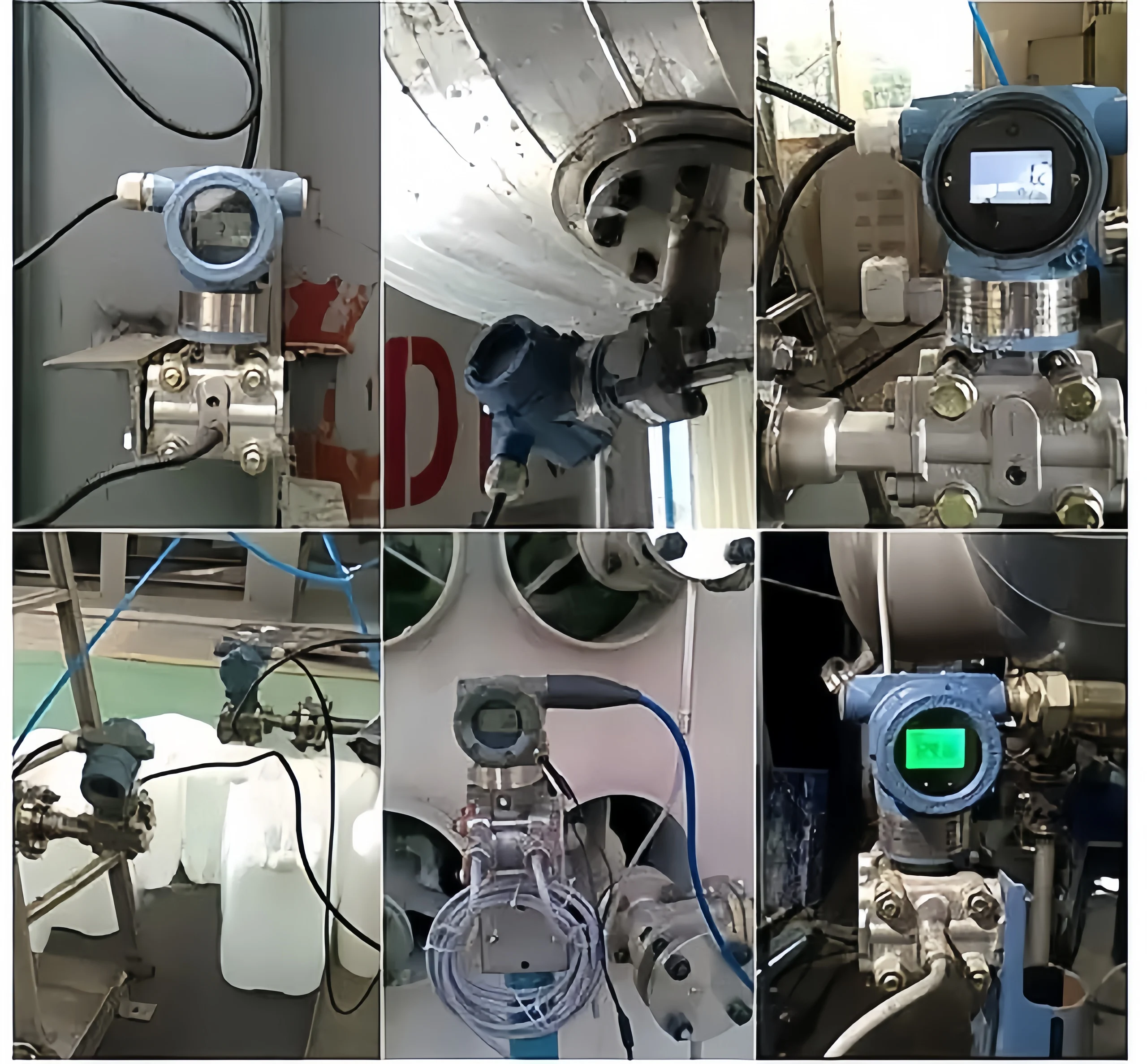
Versatility:
An analog pressure transducer can only output a simple current signal.
Digital pressure transducer offers multiple functions. The function includes historical data logging, multi-parameter measurement, and self-diagnostics.
Cost:
An analog pressure transducer is less expensive. So they are suitable for cost-sensitive applications.
Due to technological complexity, digital pressure transducers are more expensive.
In conclusion, for high-precision measurement and remote monitoring, a digital pressure sensor might be a good option.
But for simpler applications or those on a budget, an analog pressure sensor may suffice. Of course, if your budget allows, I recommend going straight for a digital pressure transducer.
How does digital pressure transducer work?
Digital pressure transducers use a pressure sensor to convert the pressure signal of the pressurized medium into a standard signal. This signal is then processed and amplified by internal circuitry. Finally, the transducer outputs a digital signal proportional to the pressure of the media.
When the pressure of the pressurized medium changes, the pressure transducer generates a corresponding change in electrical signal. The digital pressure transducer converts this signal and outputs it. The output digital signal corresponds to the pressure signal.
The digital signal can be converted into a pressure value using data processing equipment such as a paperless recorder.
Read More about: 7 Types of Pressure Sensors: Different Types, Working Principles, and Definitions
What is the output of a pressure transducer?
Pressure transducers commonly output two types of signals: analog and digital. Analog signals use 4-20mA or 0-10V, while digital signals often use communication protocols. such as RS-485 and MODBUS. The choice of output signal depends on the specific application requirements and the control system requirements.
What is the difference between a pressure transducer and a pressure sensor?
A pressure sensor is a sensor that measures force and weight. And they can accurately measure pressure. It can measure different types of pressure. It includes liquid pressure, gas pressure, static pressure, and dynamic pressure. A pressure sensor is typically made of metal or ceramic. It offers high accuracy and stability. And they are therefore widely used in industrial and scientific fields.
A pressure transducer is a device that converts mechanical pressure into an electrical signal output. It is usually made of piezoelectric materials. It is capable of converting pressure into a change in resistance. Pressure transducers are widely used in manufacturing, environmental protection, water treatment, and other fields. and they can measure various types of pressure.
Read More about: Pressure Sensor VS Pressure Transducer VS Pressure Transmitter
All in all, a comprehensive understanding of the signal output of a pressure transducer is crucial for pressure processes. Generally, both analog and digital signals can reflect pressure changes. However, digital signals are more accurate than analog signals. Digital signals also offer more functionality than analog signals.
Sino-Inst is a supplier of digital pressure transducers from China. Please feel free to contact us for a free quote. We can also provide you with free measurement solutions to make your pressure measurement process smoother.
